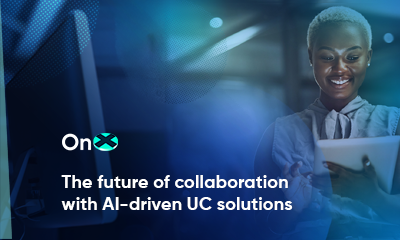
There is no question that virtualized cloud-native environments are the wave of the future for the modern enterprise. As digital services become core revenue-generators and the world becomes increasingly reliant on the Internet of Things, businesses that cling to the static, hardware-centric infrastructure of the past are doomed to fail.
But this transition will not be a simple matter of swapping old technology for new. It is an end-to-end modernization of the entire application and infrastructure stack that will usher in new modes of automation, management, DevOps, security, and will most likely fundamentally alter the core relationship between systems, data and users.
As can be expected, there will be many pitfalls and wrong turns in this journey, which is why the first step should be to establish a destination. Exactly what do you hope to accomplish from all of this change, and how will you know when you have been successful?

Among the top priorities for any digitally driven enterprise is the need to be responsive, resilient and reliable. It won’t be long before even complex services like healthcare and finance can be accessed, and decommissioned, at the swipe of a finger. This means the enterprise will have to be at the forefront in the development of new services and the delivery of those services to clients.
To achieve this, it will be necessary to break the rigid integration between hardware and software in favor of a more flexible, dynamic infrastructure. Virtualization has already done much to move this process along, but to fully leverage the power of abstract resources you’ll need to embrace containers and container orchestration tools like Kubernetes. Unlike a virtual machine, which virtualizes underlying hardware to make more efficient use of physical resources, containers encapsulate a given application within a fully isolated runtime environment. This allows the app to run virtually anywhere, giving it unprecedented flexibility in hybrid architectures that span the local data center, the cloud and the IoT edge.
With this layer of infrastructure in place, full DevOps IT models can push application development and deployment into high gear. Rather than write each and every app from scratch, developers can draw from a wide array of existing services and microservices and rapidly push changes into an already integrated operational sphere. Some organizations, in fact, have already trimmed their development life cycles from months to days, and as automation and artificial intelligence become more commonplace, hourly upgrades and highly customized experiences become possible. At the same time, this process is driving defects out of the resulting services and optimizing resource consumption to reduce cost and improve performance, even at scale.
Another key aspect of this transition is the adoption of managed cloud services. By outsourcing the day-to-day care and feeding of cloud-based infrastructure, the enterprise can devote more energy executing core business objectives. A trusted provider should be able to deliver a wide range of consulting services, infrastructure and support options, as well as backup, replication and other forms of data protection.
In the end, digital transformation is like the proverbial three-legged stool. By modernizing both infrastructure and applications, so they become less burdensome and more flexible, the enterprise will then be able to upgrade the third leg: the processes that drive revenues and enhance the competitive positions in an increasingly complex and fast-moving economy.
Check out our infosheet to learn how OnX can help you transform your digital environment and become a more agile enterprise.















